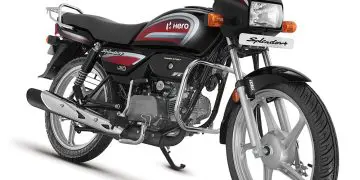The Vespa is more than just a scooter; it has been a symbol of Italian design and a symbol of freedom and style since its introduction in 1946 by the Italian manufacturer Piaggio. Developed as an affordable and efficient mobility solution in the post-war era, the Vespa quickly won the hearts of Italians and soon became a global phenomenon.
Designed by aeronautical engineer Corradino D’Ascanio, the Vespa was conceived with a focus on simplicity and ease of use. Its innovative design, with a pressed steel monocoque structure, rear-mounted engine, and small wheels, offered stability, fuel efficiency, and ease of handling, making it a popular choice for a variety of people.
Over the decades, the Vespa has gone through several versions and updates, staying true to its original design but incorporating technological advancements and style changes to remain relevant. From the iconic Vespa 98 model to the modern electric Vespas, the brand continues to evolve, maintaining its position as one of the most recognized and beloved names in the world of motorcycles.
Beyond its commercial success, the Vespa has also become a cultural symbol, associated with youth, fashion, and freedom movements. From appearances in classic Italian films to its use by pop culture icons like Audrey Hepburn and the British Mods, the Vespa transcends its status as a means of transportation to become a lifestyle icon.
Currently, the Vespa remains a popular choice for people of all ages around the world. Whether as a practical means of transportation to navigate the congested city streets or as a statement of fashion and style, the Vespa maintains its position as one of the most recognized and beloved motorcycles in history.








